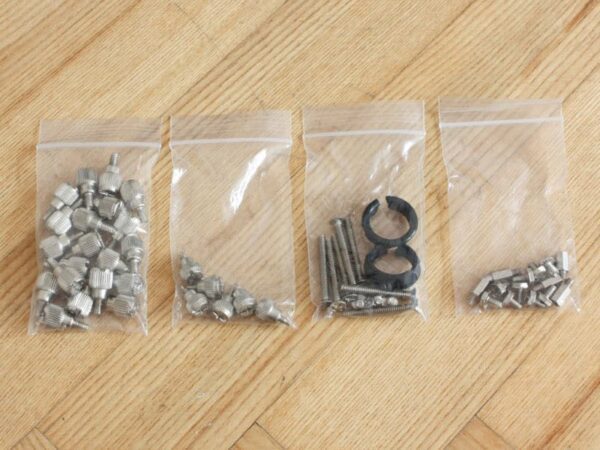Special offer: Free delivery within Budapest for orders above 20 000 huf (otherwise 2999 huf delivery fee) – Cash on delivery.



Do you want to learn how to pack and relocate quickly? Are you looking for solutions to make relocating a little easier and less stressful?
If that’s the case, some of these moving suggestions might help you improve your moving process.
Take some time to learn about these brilliant moving tips, hacks, and arrangement suggestions that can assist you to prepare for your move.
1. Sort out the items to actually be moved so you can pack less.
A crucial packing tip is making sure you don’t move anything that you no longer need. Lighten your stress and workload by decluttering before you enter the packing stage, which means figuring out what to toss, keep, sell, or donate. Take measurements of your new home and get rid of any furniture that won’t fit or you know you won’t use.
2. Give each room a different color packing label.
Making sure you don’t move anything you don’t need is a critical packing tip. Reduce your stress and workload by decluttering before starting the packing process, which includes deciding what to throw or keep. If you have items to sell or donate, BudaPack can help you with that as well. Also, measure your new home and get rid of any furnishings that won’t fit or that you won’t use.
3. Make a distinct color packing label for each room.
Print multi-colored packing labels or use different colored masking tape to give each room its own color to stay organized. Label the contents of each box, as well as the room to which it belongs. Then, in your new place, use colored tape to mark-room entrances. This moving tip will save movers a significant amount of time. Instead of reading the label or playing the room guessing game, they can simply match color to color.
4. Overpacking a moving box is not a good idea.
When moving, many people make the mistake of trying to cram all of their belongings into a few cardboard boxes they have lying around the house. Use as many boxes as you need to make lightweight loads. Keep your largest boxes to a maximum of 20 Kg.
5. Use the appropriately sized boxes.
Heavy items, such as books, should be placed in small boxes, while lighter items should be placed in larger boxers. This allows movers to easily organize and pack boxes into the moving truck. To avoid damaging breakables, pack heavier items on the bottom and lighter items on top.
6. Leave no empty spaces in boxes.
To prevent items from shifting around during the move, fill any gaps with packing paper, clothing, or foam peanuts. Tape the bottom and top seams, as well as the edges where stress is concentrated.
7. Plates should be stacked vertically, as if they were records. They'll be less prone to breaking.

8. Keep bags on hand to hold any small parts of things you need to disassemble, such as curtain rods or wall-mounted flat-screen TVs

9. Take a picture of how your electronics are connected so you can remember where all of the wires go.

10. Change your address at least two weeks before you plan to relocate.
This may seem obvious for major expenses like utilities and cable, but don’t overlook the minor details. You also have to deal with Stores, Payments, credit cards, your bank, magazine subscriptions, and your mail.
11. Make your final grocery run two weeks before you move.

The more food you eat before moving, the less food you’ll have to throw away.
12. Furniture parts and accessories should be labeled and photographed.
Take the extra time before moving to protect larger pieces of furniture. Before beginning, remove and secure all drawers and doors. Label cables, drawers, doors, and anything else you need to take apart so you know where everything goes when you put it back together. Placing screws and bolts in plastic bags and taping them to the back of the furniture.
Take photos of any furniture you disassemble to use as a guide when reassembling it. Also, make a point of labeling doors, screws, and anything else you disassemble.